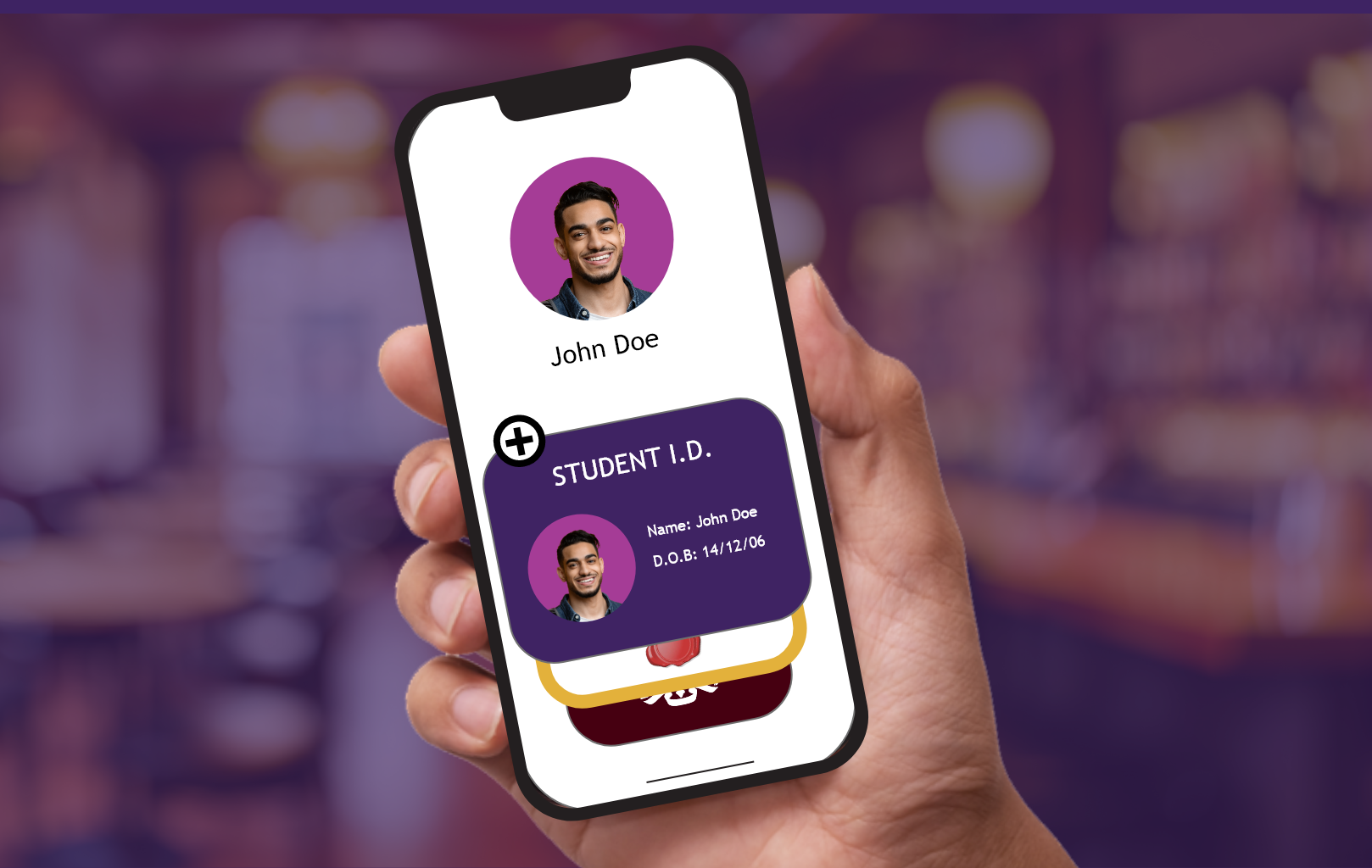Overseeing access and safeguarding confidential information has never been more challenging. Identity security is crucial not only for employees, but arguably more so for non-employees (contractors, contingent workers, partners, and service accounts) who play a significant role in business operations. Managing their access to internal systems can be fraught with challenges, but ProofID offers integration and implementation services for the SailPoint Non-Employee Risk Management (NERM) solution.
As a SailPoint Delivery Admiral Partner well-versed in the NERM solution, we are assisting our customers in quickly deploying NERM into their identity security programs. In this article, we will delve into the importance of NERM and how ProofID is empowering organizations to strengthen their security posture while streamlining core IAM processes.
NERM: A Much-Needed Solution
SailPoint’s NERM solution addresses a critical aspect of identity security that has often been overlooked—the management of non-employee identities. These non-employees, including contractors, vendors, and partners, have access to sensitive systems and data, making them potential targets for cyber threats.
According to a recent survey, the average cost of a third-party data breach is £3.36M. Managing non-employee access can be more challenging than managing employee access. NERM introduces a comprehensive approach to managing non-employee identities, ensuring that the right level of access is granted to the right individuals at the right time.
The Power of Integration
At ProofID, we understand the importance of seamless integration and delivering maximum value for a faster ROI. As organizations look to add NERM to their SailPoint Identity Cloud solution, ProofID can assist in defining non-employee resources and access requirements of contractors, vendors, and partners. We then help align and integrate NERM with core business processes, roles, and applications.
By aligning NERM with existing identity governance initiatives, ProofID can help customers to establish a unified framework that encompasses both employee and non-employee identities. This integration not only streamlines identity management processes but also strengthens security controls across the board.
Benefits of SailPoint’s NERM Solution
Enhanced Security
NERM provides a holistic view of non-employee access, allowing organizations to identify potential risks and promptly mitigate them. According to a recent study, 51% of organizations suffered a data breach caused by a third-party. With centralized visibility and control, organizations can proactively safeguard sensitive data.
Streamlined Compliance
NERM helps organizations meet regulatory requirements by enforcing consistent access controls for both employees and non-employees. Non-compliance can lead to severe consequences, including hefty fines and reputational damage. NERM ensures compliance with industry standards and minimizes the risk of data breaches.
Improved Efficiency
By automating non-employee onboarding and offboarding processes, NERM reduces administrative burdens and enhances operational efficiency. 62% of organizations manually manage non-employee identities, leading to inefficiencies and increased security risks. NERM empowers organizations to quickly grant and revoke access, eliminating security gaps associated with manual processes.
Heightened User Experience
With NERM, legitimate non-employees experience a seamless and user-friendly access management process. This improves productivity and fosters stronger relationships with external partners and contractors.
IN SUMMARY
As organizations embrace digital transformation and rely on a diverse ecosystem of non-employees, managing their identities becomes paramount. SailPoint’s NERM solution offers a powerful and comprehensive approach to non-employee risk management. Our knowledgeable ProofID team can deliver the SailPoint Non-Employee Risk Management solution as an add-on to the SailPoint Identity Security Cloud. No matter where you are in the process of moving identity security to the cloud or closing the gap on non-employee resource management, we can help you integrate and implement this solution today. Contact us if you’d like to learn more.
Be the first to hear about news, product updates, and innovation from proofid








